Cabinets play a crucial role in any kitchen renovation, serving not only as storage solutions but also as focal points that define the kitchen's overall aesthetic. The choice of cabinet materials significantly impacts the kitchen's functionality and style. When selecting materials, several factors come into play, including quality, durability, appearance, and maintenance needs. Understanding these elements will help you make informed decisions that elevate your kitchen's design while ensuring long-lasting performance.
Types of Cabinet Materials: A brief introduction to popular options like MDF, plywood, solid wood, and stainless steel.
Pros and Cons of Each Material: Highlighting the strengths and weaknesses of each type, focusing on durability, cost, and maintenance.
This structure provides a solid foundation for discussing the essential aspects of kitchen cabinets. Would you like to dive deeper into any specific section?
When choosing the right material for kitchen cabinets, it's essential to consider more than just appearance. Durability, cost, and lifestyle all play a significant role in determining the best option. Each material comes with its own set of advantages and limitations, impacting the cabinet’s ability to withstand daily wear and tear, its aesthetic appeal, and how well it fits into your budget and lifestyle. Below, we will explore the key factors that influence cabinet material selection, followed by a detailed comparison of popular materials.
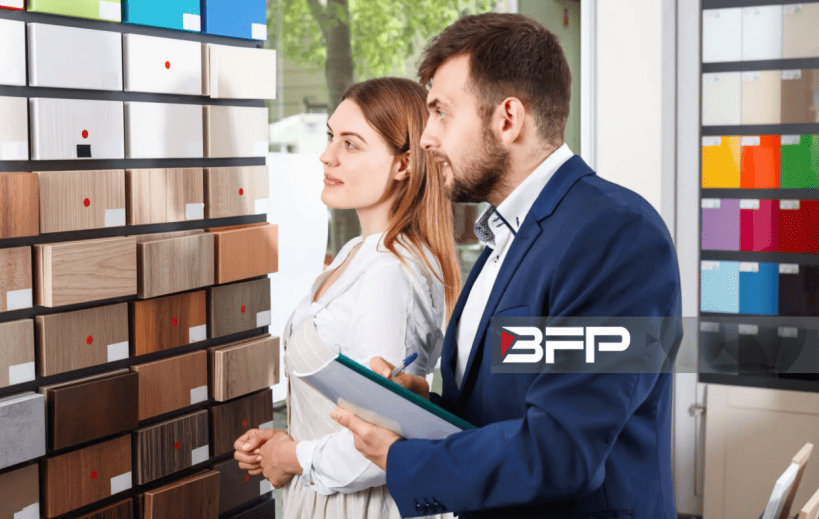
Durability: How well does the material hold up against moisture, heat, and regular use? Some materials are more robust and moisture-resistant than others, making them more suitable for high-traffic or humid kitchens.
Cost: Budget constraints are a common consideration. More affordable options like MDF offer value without sacrificing too much in terms of quality, while materials like solid wood or stainless steel come with higher price tags but offer superior longevity.
Lifestyle Needs: If you’re someone who cooks frequently or lives in a humid climate, choosing materials like HDF-HMR or stainless steel might better suit your needs due to their high resistance to moisture and wear.
By understanding these key factors, you can better evaluate the various materials and make an informed choice that balances practicality with style.
Once you've considered the critical factors, it’s time to compare the different material types. The table below outlines seven popular kitchen cabinet materials, comparing them based on durability, cost, and overall suitability for kitchen use.
| Material | Durability | Cost | Overview |
|---|---|---|---|
| MDF | Moderate | Low | Medium-density fibreboard is an affordable, smooth, and versatile material, ideal for those on a budget. However, it's less durable and moisture-resistant. |
| HDF-HMR | High | Moderate | High-density fibreboard with moisture resistance is perfect for humid environments and high-traffic areas, offering superior strength and water resistance. |
| Plywood | High | High | Known for its strength, plywood is a reliable option for kitchen cabinets, but it comes at a higher cost and may require specific finishes for a smooth look. |
| Solid Wood | Moderate | High | While visually appealing and strong, solid wood can warp over time in humid conditions, making it less ideal for kitchens exposed to moisture. |
| Particle Board | Low | Low | The cheapest option, particle board, lacks strength and durability, making it more suitable for temporary or budget kitchens where longevity isn’t a priority. |
| PVC | Low | Low | PVC is easy to clean and affordable, but it is not very durable and tends to degrade quickly in busy or high-moisture environments. |
| Stainless Steel | Very High | Very High | Durable, waterproof, and hygienic, stainless steel is excellent for heavy-duty use and commercial kitchens but comes at a significantly higher cost. |
By comparing these materials, you can weigh the pros and cons based on your specific kitchen needs, budget, and design preferences. Each material brings its own balance of affordability, resilience, and appearance to the table, helping you create a kitchen that is both functional and beautiful.
When selecting kitchen cabinets, understanding the nuances of each material is crucial. Below is a detailed exploration of the most common materials used for kitchen cabinets, highlighting their characteristics, advantages, and drawbacks.
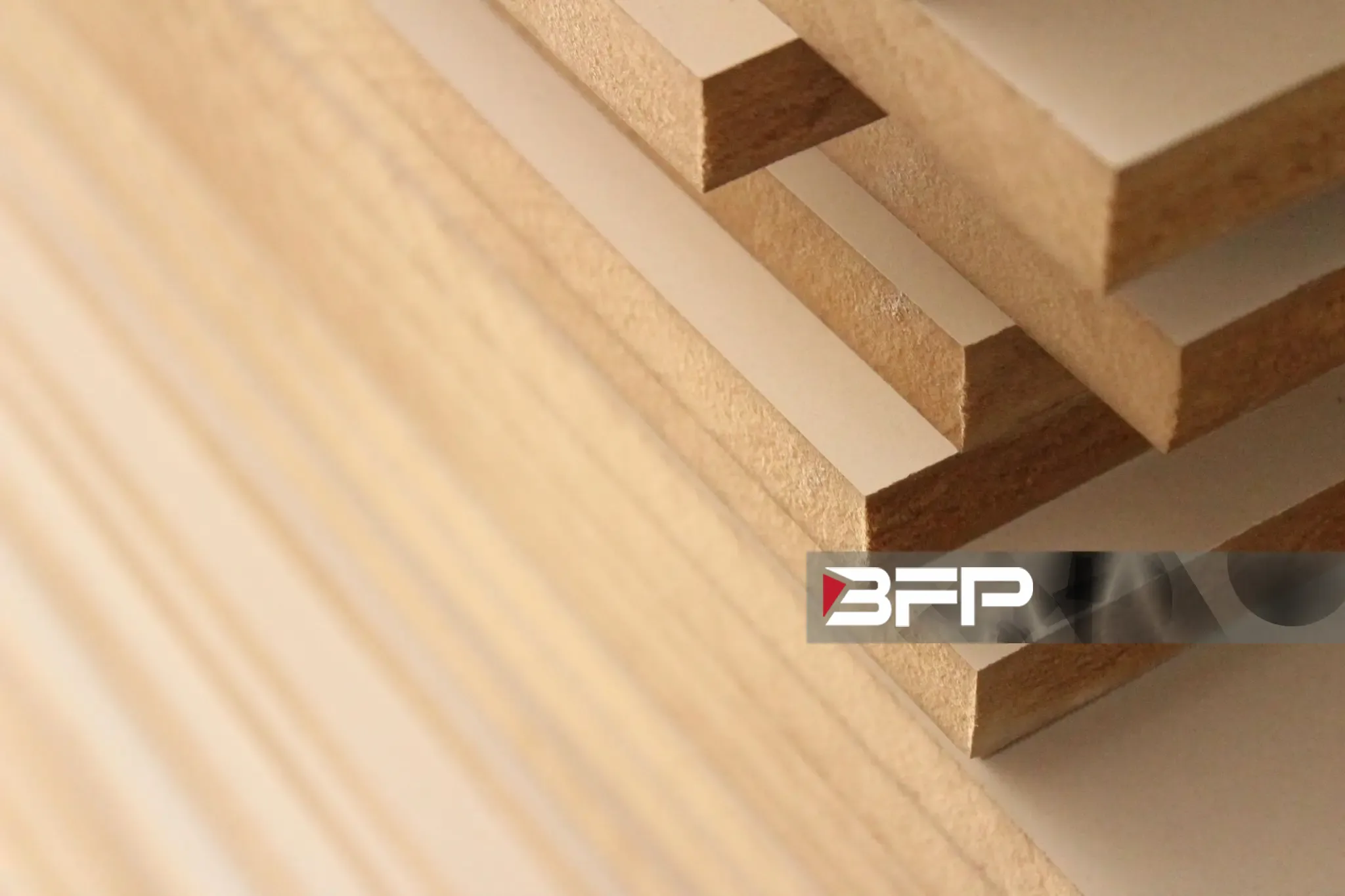
MDF is a cost-effective and versatile option for kitchen cabinets, crafted from finely ground wood fibers bonded with resin. Its smooth surface allows for easy painting or veneering, making it a popular choice for modern designs. While it offers great affordability, MDF should be used in areas away from excessive moisture to maintain its integrity.
Advantages:
Cost-effective solution
Smooth finish ideal for painting or veneering
Easy to work with for various designs
Lightweight and easy to install
Maintenance:
Avoid exposure to moisture.
Clean with a damp cloth and mild detergent.
Use coasters or mats under hot items.
HDF-HMR excels in durability and moisture resistance, making it particularly suitable for kitchens and bathrooms. This engineered wood is denser than MDF, offering superior strength and a screw-holding capacity that outperforms many alternatives. It is ideal for areas exposed to high moisture levels, ensuring longevity and durability.
Advantages:
High durability and moisture resistance
Stronger and denser than other materials
Excellent screw-holding capacity
Suitable for high-water areas like kitchens and bathrooms
Maintenance:
Wipe with a damp cloth.
Ensure proper ventilation in high-moisture areas.
Avoid abrasive cleaners.
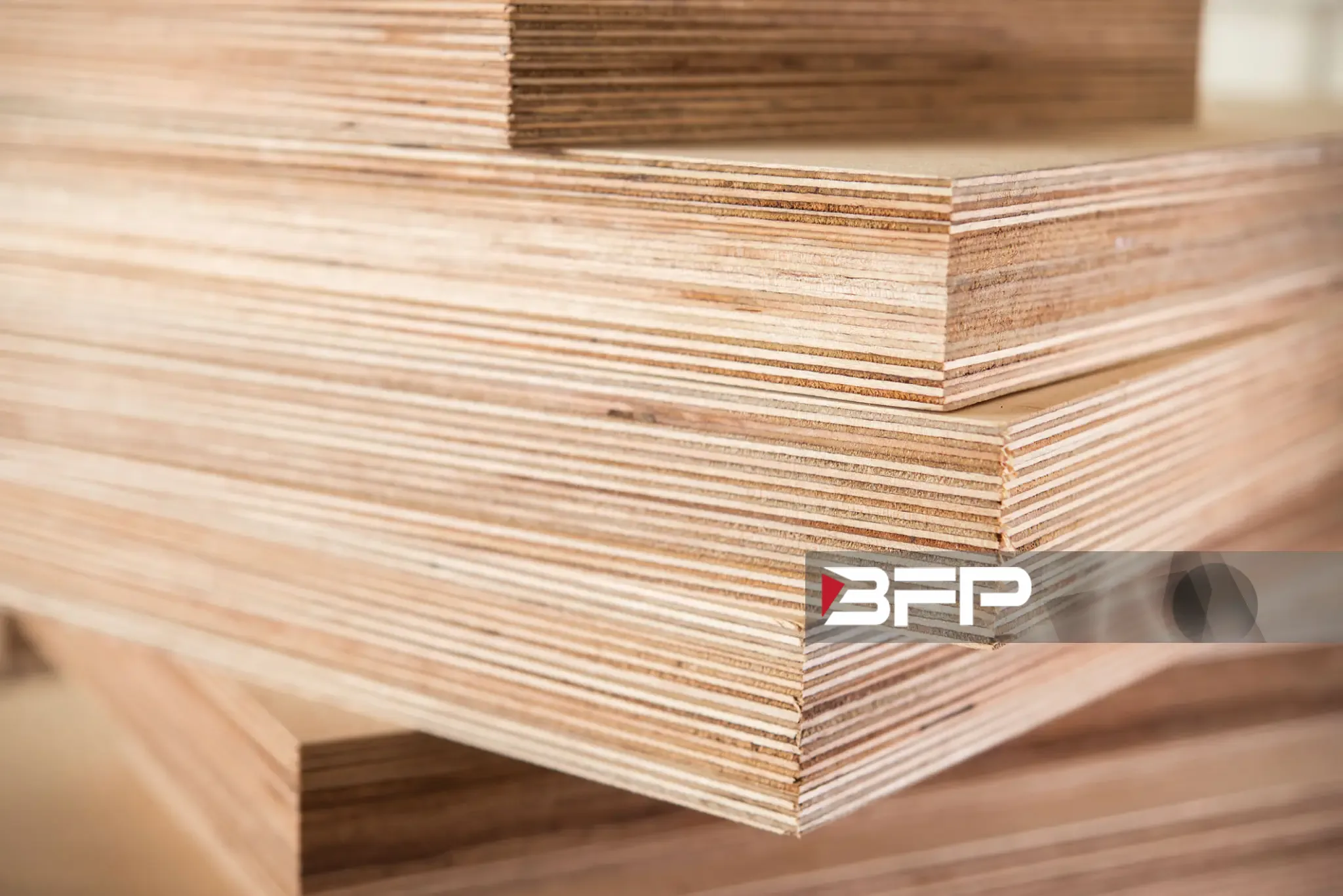
Plywood is a robust material made from layers of wood veneer glued together, providing exceptional strength and flexibility. It is available in various grades, allowing for different levels of moisture resistance. With its natural look and versatility, plywood is a favored choice among homeowners who prioritize durability.
Advantages:
Strong and durable material
Available in various grades for different moisture resistance
Lightweight compared to solid wood
Versatile for various kitchen designs and applications
Maintenance:
Regularly dust and clean.
Apply a protective sealant to enhance moisture resistance.
Avoid excessive moisture.
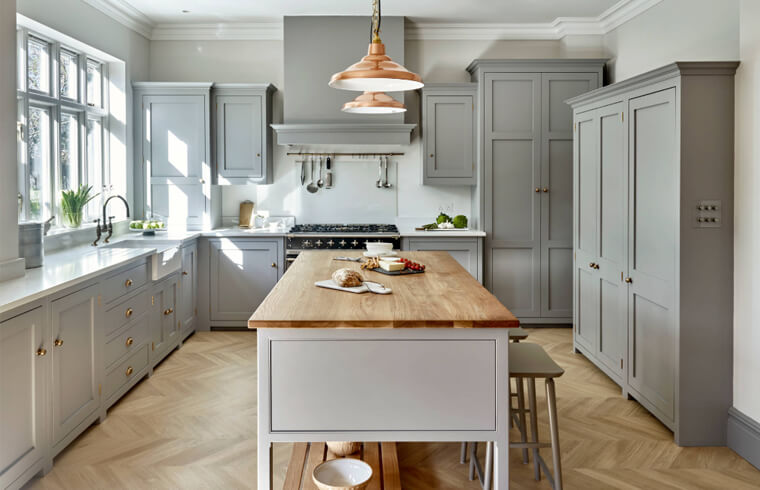
Solid wood is often seen as the pinnacle of kitchen cabinet materials, known for its natural beauty, strength, and timeless appeal. Each piece of solid wood has unique grains and textures, adding character to any kitchen. However, solid wood can be prone to warping and swelling due to humidity and moisture, making it less suitable for modern modular kitchens that may experience fluctuations in these conditions.
Advantages:
Exceptional strength and durability
Unique and attractive natural grain patterns
Can be refinished or repainted for longevity
Adds value to the home
Maintenance:
Use wood cleaner and polish regularly.
Keep away from direct moisture.
Consider refinishing every few years.
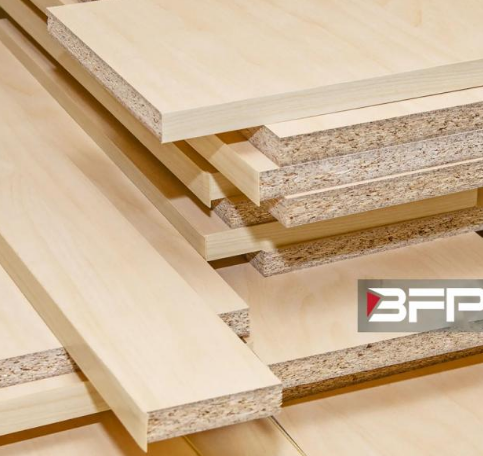
Particle board is one of the most budget-friendly options available, made from wood chips, sawdust, and adhesive. While it is economical and lightweight, it lacks durability and can struggle under heavy use or exposure to moisture. It is best suited for low-use areas or as a temporary solution in less demanding environments.
Advantages:
Very affordable compared to other materials
Lightweight and easy to handle
Available in various finishes and designs
Suitable for low-use areas
Maintenance:
Clean with a damp cloth.
Avoid moisture, as it can swell.
Use coasters to prevent dents.
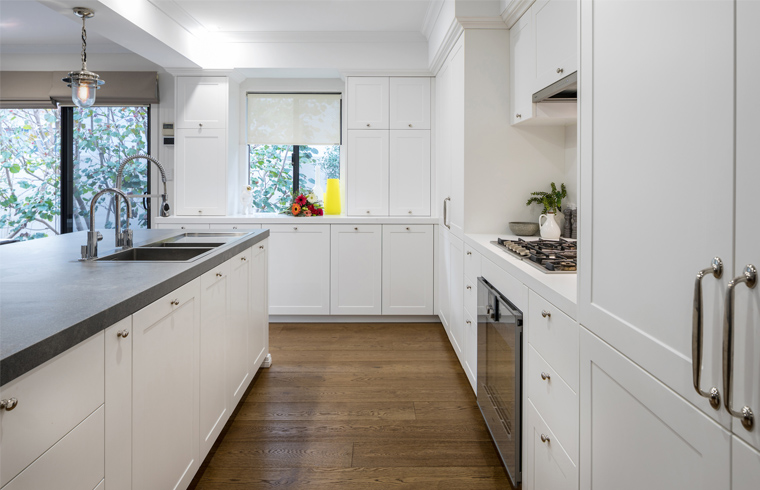
PVC cabinets offer a modern and practical solution for kitchens. They are easy to clean, resistant to moisture, and available in a wide range of colors. However, while PVC is excellent for low-maintenance environments, it is not suitable for heavy use or high-traffic areas due to its lesser durability compared to other materials.
Advantages:
Easy maintenance and cleaning
Resistant to moisture and stains
Available in various colors and styles
Lightweight and easy to install
Maintenance:
Wipe clean with soap and water.
Avoid harsh chemicals.
Check for cracks or damage regularly
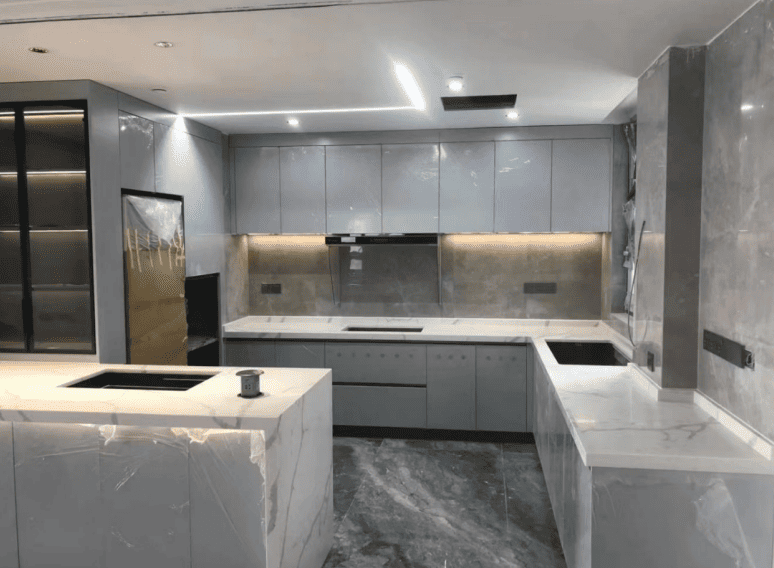
Stainless steel cabinets bring a sleek and modern aesthetic to any kitchen, favored for their durability and hygienic properties. They are completely waterproof, easy to clean, and resistant to rust and bacteria, making them ideal for both residential and commercial kitchens. While typically more expensive, their longevity and low maintenance can justify the investment.
Advantages:
Extremely durable and long-lasting
Waterproof and resistant to rust
Hygienic and easy to clean
Ideal for commercial kitchens and heavy-duty use
Maintenance:
Use a stainless steel cleaner.
Avoid abrasive pads.
Wipe down after spills to prevent stains.
In summary, selecting the right kitchen cabinet materials is crucial for achieving both functionality and style in your kitchen. Each material offers unique strengths: MDF provides a cost-effective option with a smooth finish, HDF-HMR excels in durability and moisture resistance, while plywood combines strength with various moisture resistance levels. Solid wood adds timeless beauty but requires careful maintenance, and particle board serves as a budget-friendly choice for low-use areas. PVC offers easy upkeep, and stainless steel stands out for its durability and hygiene.
When choosing materials, consider your specific needs, budget, and lifestyle. For a kitchen that blends aesthetics with practicality, take your time to weigh the options.
For those ready to elevate their kitchen design, BFP Industry Co., Ltd. offers a range of customizable solutions tailored to your needs. Explore our innovative cabinet options today and transform your culinary space into the kitchen of your dreams!
We employ cookies to analyze website traffic and enhance your browsing experience. Data securely aggregated, privacy protected. See Privacy Policy for details.